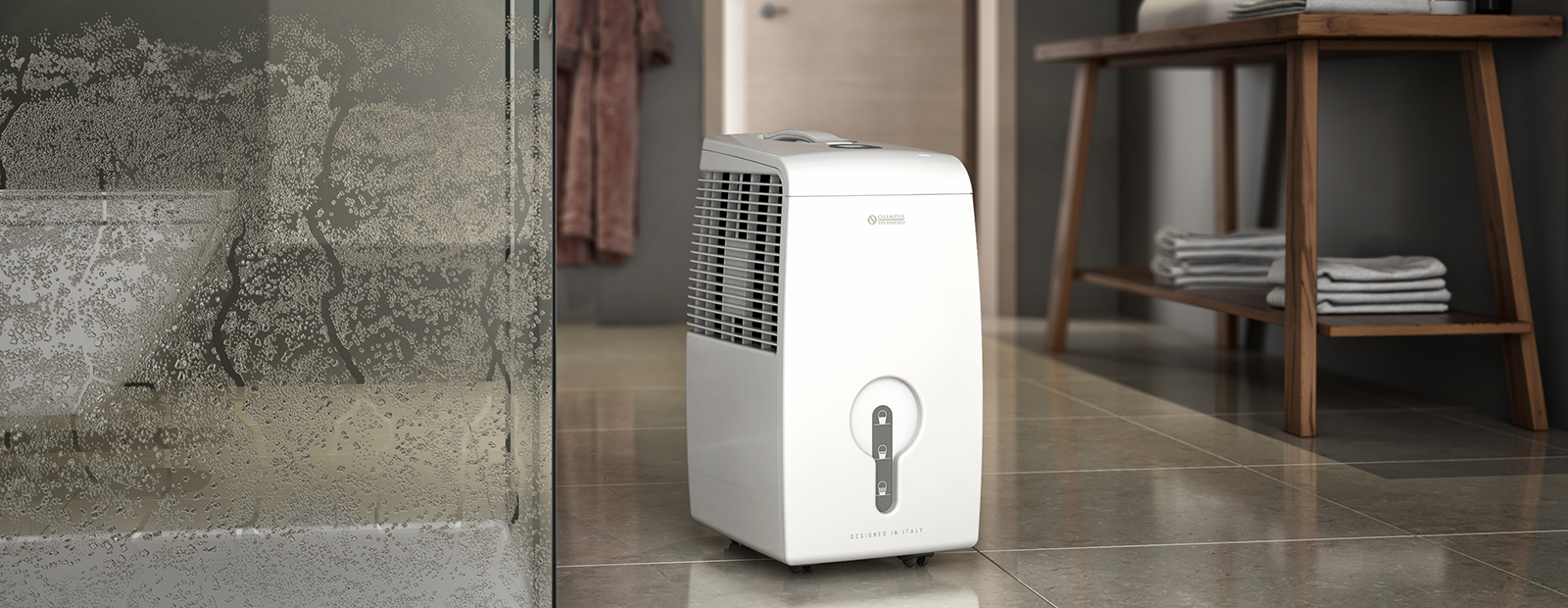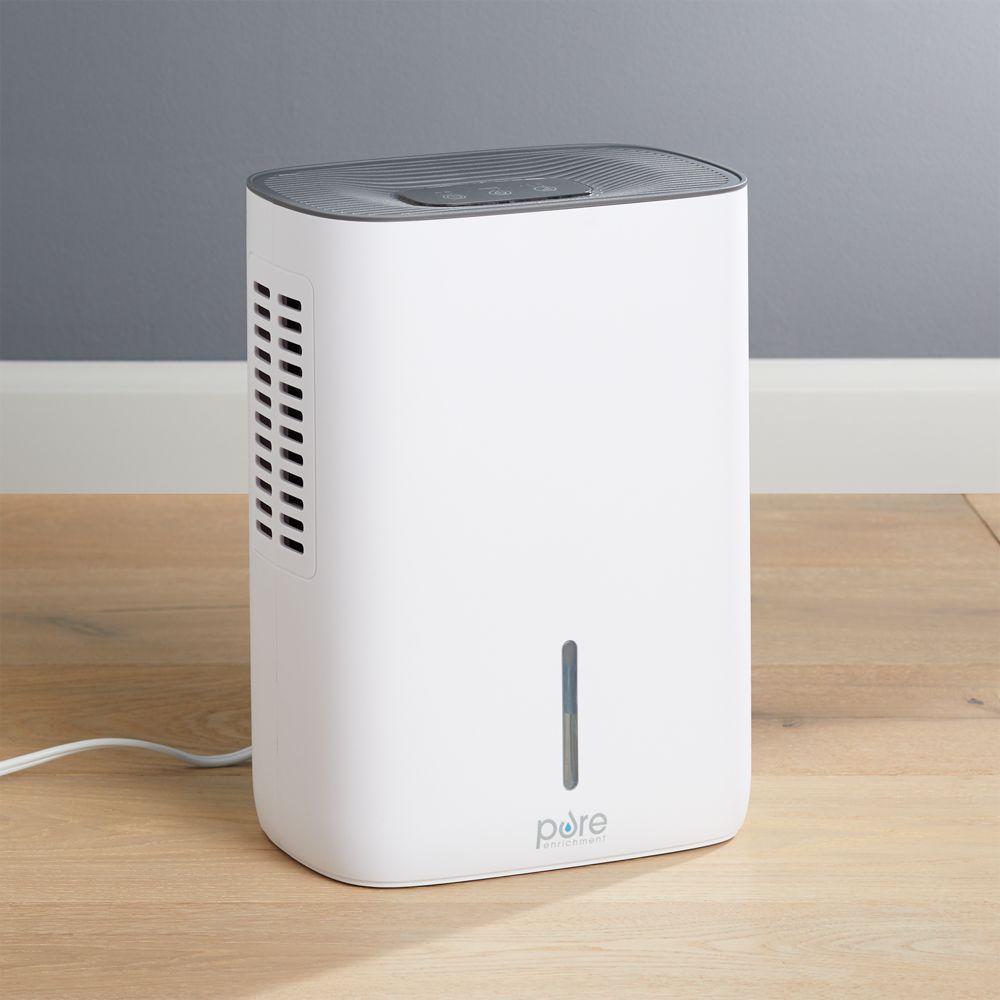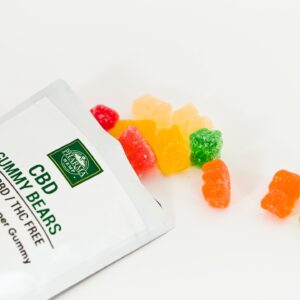Does your basement just feel moist? Does it use a musty scent? Do cardboard bins get wet when placed on the concrete floor? Is definitely the concrete damp once you elevate rubber-supported carpeting or even a mat? Do you see warning signs of efflorescence around the home walls or floor?
If this type of all seems too common then you definitely most likely are among the 60% of property owners handling a humid basement. Dampness and high moisture causes mold and mildew progress, musty smells, damage furnishings (possibly damaging the structure by itself), buckle wooden flooring on slab-on-level foundations, and more importantly is dangerous to people’s health.
Moisture insulation will not work effectively and high dampness is a lot more pricey to heat or air flow problem. A damp home may also improve your heating system and air flow-conditioning monthly bills. If the all seems too acquainted then you probably are among the 60Percent of homeowners dealing with a musty basement! It is best to fix the problem sooner than later on before it triggers severe harm to your residence and banking institution account.
Humidity Migration By means of Cement
The pores in concrete permit groundwater to become forced by hydrostatic stress and also actively draw in water by wicking (capillary motion). This type of water generally quickly evaporates as undetectable vapor, releasing normal water vapor and radon. It simply leaves behind dissolved nutrients – efflorescence (“white powder”) which is the telltale sign of capillary normal water seepage.
Humidity-packed garden soil fuel is pulled in from your floor via openings and pores in concrete through the distinction in atmosphere stress and simply like gases, drinking water vapor movements by diffusion to a room with reduce general humidity. Water molecules are drawn in by a “vapor drive.” The general moisture of earth fuel is near 100%, greater when compared to the home. The vapor stress in the ground is usually twice the vapor pressure in the home.
Your home or slab-on-level is the individual biggest way to obtain humidity in your home.
The average cellar allows in 15–18 gallons of dampness every day, many times more than showering, laundering and food preparation put together (3–5 gallons/time). In the event of slab-on-quality construction, humidity migration with the concrete slab may possibly add up to 12 gallons each day. For more on inside air flow air pollution, molds and mildew dust mites, along with their overall health results, make sure you read through Interior Air Quality and Moisture.
Vapor Barriers Under Cement Slabs

Floor slabs let in far more water vapor than poured wall space – Concrete slabs are only one half the density and a lot more porous as they are treated on the plastic-type sheet (all surplus drinking water movements to the surface area). Usually, polyethylene sheets 6 mil (.15 mm) thicker placed on a gravel your bed before dumping a concrete slab. They are more correctly called “vapor retarders” because they are not fully impermeable to drinking water vapor (about .1 perms).
Many bedding are now made of recycled rather than virgin supplies and therefore are much more permeable to vapor. Their high quality is questionable and there is absolutely no permeance regular – any plastic material sheet will do.
In the real world, they actually do not offer a lot protection. They get punctured or torn during the installment or perhaps the seams usually do not properly become a member of. Which is just about impossible to close off the sheet around each of the flooring penetrations like drains, empty trenches, electric-powered ductwork and conduit, and plumbing related. Worse yet, lime in the concrete stops working the polyethylene after several years.
You will find higher-top quality vapor retarders accessible, guaranteed for 10 as well as 20 years. However, the best solution is guaranteeing that the slab has a lower porosity:
- QUALITY Cement – Excellent-high quality cement with low normal water/cement percentage.
- Healing TIME – Expanded wet-curing to lessen porosity and cracking.
- DEEP-SEALING – Conditioning the concrete with RadonSeal® Permanent Cement Sealer.
Humid Proofing or Waterproofing Base Wall space?
What’s The Difference? – There is a huge difference between moist proofing and waterproofing. By definition, humid proofing should really retard dampness but, as opposed to waterproofing, it does not have to prevent hydrostatic water pressure.
The ol’ “black stuff in a container” is simply hot liquid asphalt originally made for highway fix. Nowadays, it is drinking water-centered. The fullness from the bituminous tar is not really specified – it is only 10 mils thicker at many when healed. It soon disintegrates because of the “alkali attack” from cement – its life span is between 18 months and 3 yrs.
The tar humid proofing is inexpensive and meets the lowest minimal standard. Most developing requirements need that “unfinished” home living spaces simply be damproofed (no assistance with what to do should you later finish off the cellar). The requirements typically also need that when masonry walls enclose a habitable space, they ought to be very first covered with 3/8 in . thicker parging manufactured from Portland cement.
Moist proofing could be appropriate when there is a soft sand garden soil and fantastic drainage. But frequently, there is a substantial normal water table or inadequate garden soil. Clay contains rainwater, which builds hydrostatic stress from the foundation. Additionally, drinking water cannot empty with the undisturbed garden soil beneath the footings and groundwater level increases.
Deterioration of Damp Proofing Coatings
The exterior tar coating is not flexible, nor is parging on masonry wall surfaces. It cracks because the cement continuously increases and shrinks, and as the home settles. As soon as it cracks, normal water gets into the cement and leaches out lime, which disintegrates the layer by “alkali attack.” In wet conditions, it might very last simply a couple of many years.
Elastomeric membranes last much longer. Most squirt films will be in the range of 30 mils to 60 mils wet software and a dried-up film fullness after healing of 15 mils and up. Nevertheless, the squirt-on membrane will not be sprayed on equally. Sheet membranes (60 mils thick) are put on like wallpaper but they become a member of having a tape and depend upon a primer. They are the disadvantages prone to “alkali attack” through the concrete. The membranes are usually not assured for longer than 5 or a decade.
The polyethylene “vapor barrier” under the slab disintegrates quickly due to the lime in cement. But this will not make much distinction as it already has slots and tears from set up.
When in contact with plenty of normal water, there is little outside security remaining and the concrete is alone after 5 or a decade. Then, the dried up basement and healthful home rely on the denseness and porosity of the concrete. Ideally, the concrete has been covered with RadonSeal.
Excellent Waterproofing Can’t Be Beat!
Great waterproofing is a sensible expense. It is not just a coating but a whole method which includes:
- Apply-on or roll-on rubberized membrane (or tar and a polyethylene sheet),
- Drainage/protection/insulation coating (gravel, mats, beadboard),
- Base water flow method (footing floor tiles).
An air gap membrane is really a heavy, dimpled, substantial-density polyethylene sheet that is unrolled horizontally over the foundation wall structure and after that mechanically fastened. Any water will quickly circulation right down to the footing drain. They could very easily connection a 1/4-in . break and avoid alkalis. Some are cheaper than elastomeric membranes. But whatever you may have on the walls, normal water may come up through the ground!
How To Dry Out a Moist Home
Divert rainwater through the foundation by appropriate grading, gutters, and downspout extensions. Close off all holes and openings. Make sure that your garments dryer is exhausted to the outdoors and the duct is not really plugged up by lint. When concluding the home, prevent capturing humidity behind plastic material sheets, impermeable wall or floor coverings materials or supply air flow for drinking water vapor seeping via concrete.
Air flow-Conditioning
It is going to get rid of some humidity but not sufficient. It shuts off if it gets to the objective temperature irrespective of moisture. Continue to, a complete 30% of an air conditioner’s fill is utilized to remove moisture. By reducing indoor air dampness, you will spend less on air conditioning expenses.
Dehumidifier
The most frequent remedy. Energy consumption $30-50/30 days. Make sure you make it thoroughly clean to avoid mold progress, which would overcome its objective. It pulls in 20 to 30Percent a lot more moisture through the cement, which in the long run speeds up its wear and tear and permits in additional humidity. But if you have a lot of humidy, don’t go cheap, choose the best dehumidifier for basement you can afford!
Air flow-To-Air Exchanger
Pulls out humid air flow from your cellar and pulls in fresh air from the outside. As opposed to just openings the windows, the exchanger cuts down on the power loss in heated or air flow-conditioned air. Generally speaking, a good answer for today’s “airtight homes” with lower clean air trade. But alternatively costly original cost and procedure.
Close off the Concrete
The most basic, most affordable, and efficient techniques without any on-heading running charges. Seal off the concrete walls and floor with RadonSeal® Serious-Infiltrating Cement Sealer to greatly reduce the transmission of watervapor and seepage, and radon gas.
Fix Holes, Seal off Gaps
Close off all openings or gaps in the cement that easily permit normal water vapor to pass through. Repair cement cracks in basis walls using our DIY Property owner Break Shot Systems.
RadonSeal Waterproofing Goods
RadonSeal® Strong-Penetrating Cement Sealer
Penetrates up to 4″ into concrete, chemically reacts with lime and alkalis, expands and hardens as a cementitious minerals. Seals cement against liquids and gases like normal water vapor, earth gas or radon. Use great waterproofing on the exterior and seal the concrete inside RadonSeal®.
Ion-Relationship Armor Concrete Sealer
Forms a subsurface water-repellent membrane. Will not rely on the cement content material of cement. Use on cement with reduced cement content, like rat slabs, slim cement, cinder blocks, or fibercrete.Or utilize it after RadonSeal® – the mixture of the two supplies the lowest possible vapor transmission level by means of cement.
Do-It-Yourself – Home owner Break Injection Systems
Very easily, and permanently fix cracks in added cement wall surfaces with expanding polyurethane polymer.
BioZap Air Purifier & Deodorizer
Avoidance or control over musty odour from mildew. The natural air flow cleaner – releases the vapor of Australian tee plant, which will kill molds,mildew and spores, and bacteria inside the air or on surface areas.
Condensation in Humid Basements

When humid atmosphere is alongside a cold area, its temperatures might decline beneath the dew point. Its family member moisture rises to 100% and it also sheds the excessive humidity by condensation.
The floor temperature is normally 52 to 55°F. Warmed air flow in the home helps to keep concrete areas cozy. However, if you set a carpet on to the floor, it insulates the cement along with its area receives less temperature from your interior air and will become chillier. In the event the air in the home is humid, air temperature inside the microclimate beneath the rug (or behind a wall) will decrease below the dew stage.
Drinking water Gets into Basements Three Simple Ways:
- Holes – Seepage by means of breaks and opportunities
- CONCRETE – Primary normal water seepage by means of concrete
- CONDENSATION
Insulate cool air-conditioning tubes. Too much humidity may possibly condense on cool home windows. But the real problem may be the condensation you do not see – behind home wall surfaces or beneath the floor coverings. Trapped humidity from vapor transmission and condensation leaches out lime, which disintegrate adhesives, padding, as well as the floors by itself.
What is the Correct Dampness Level for any Cellar?
Molds, mildew, dust mites, and other biological pollutants need humidity to develop. Depending on the sort, they flourish in general moisture above 50 or 60%, or as low as 45Percent. It is actually harder to maintain the humidity low in humid summer climate.
The Suggested Target is 30Percent General Moisture in the wintertime and 50Percent in Summer.
To determine dampness, you can get an affordable hygrometer. For more on managing molds and mildew, dangerous black mildew, and their health results visit Molds and Mildew Solutions.
Infiltration of soil Gas and Pesticide sprays
Think about the permeance of concrete? In accordance with ASHRAE Handbook, the permeance of concrete (1: 2: 4 blend) is 3.2 perms per inch of density. Then, a 4-inch slab would have (3.2/4=) .8 perms. But this really is just for “good quality” damp-cured cement with low drinking water/cement proportion.
Most cellar slabs are far a lot more porous. Even though they could be almost impermeable to normal water, cellar slabs are semi-permeable to water vapor (>1 perm).
Newly added cement walls are classified as impermeable to vapor (8–10 inches heavy, 3.2/8 = .4 perms once and for all quality concrete). However, after the exterior waterproofing layer disintegrates, the drinking water starts enlarging the pores in cement, as well as the wall surfaces, will end up permeable and then, could even start seeping drinking water.
Wall surfaces manufactured from pre-cast solar panels have the cheapest permeance because they are made from higher-durability concrete under handled factory circumstances.
Hollow cement blocks are various stories. They have only a 1 1/4-in . wall away from hollow cores (3.2/1.25 = 2.6 perms). The concrete is very porous as well as the hollow cores fill with water vapor, which then movements towards the most permeable region to have inside. The porosity of prevents may differ widely.
Some exams of excellent cement prevent present 2.4 perms if the cores are packed or 4.8 perms for hollow prevents. Hollow concrete obstructs are semi-permeable (say 5 perms) but light CMUs, splitface prevents, “popcorn” prevents, and cinder obstructs are permeable (>10 perms).
If possible, use put cement as opposed to normal obstructs (cement masonry units – CMUs) for foundations. Or make a minimum of certain that the hollow cores are properly packed during building. Apply parging on the exterior and a excellent waterproofing coating.
Cement block wall space can also be less capable of resist lateral strain of water and earth – substantial clay soil or expandable clay could cause structural problems.





